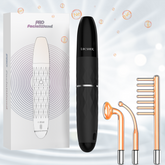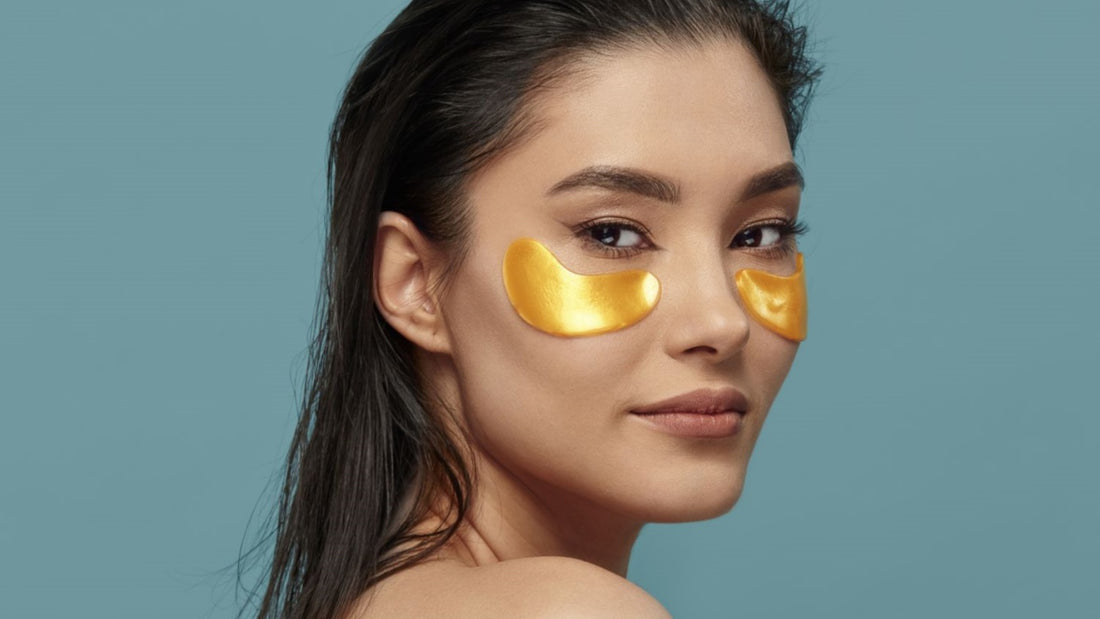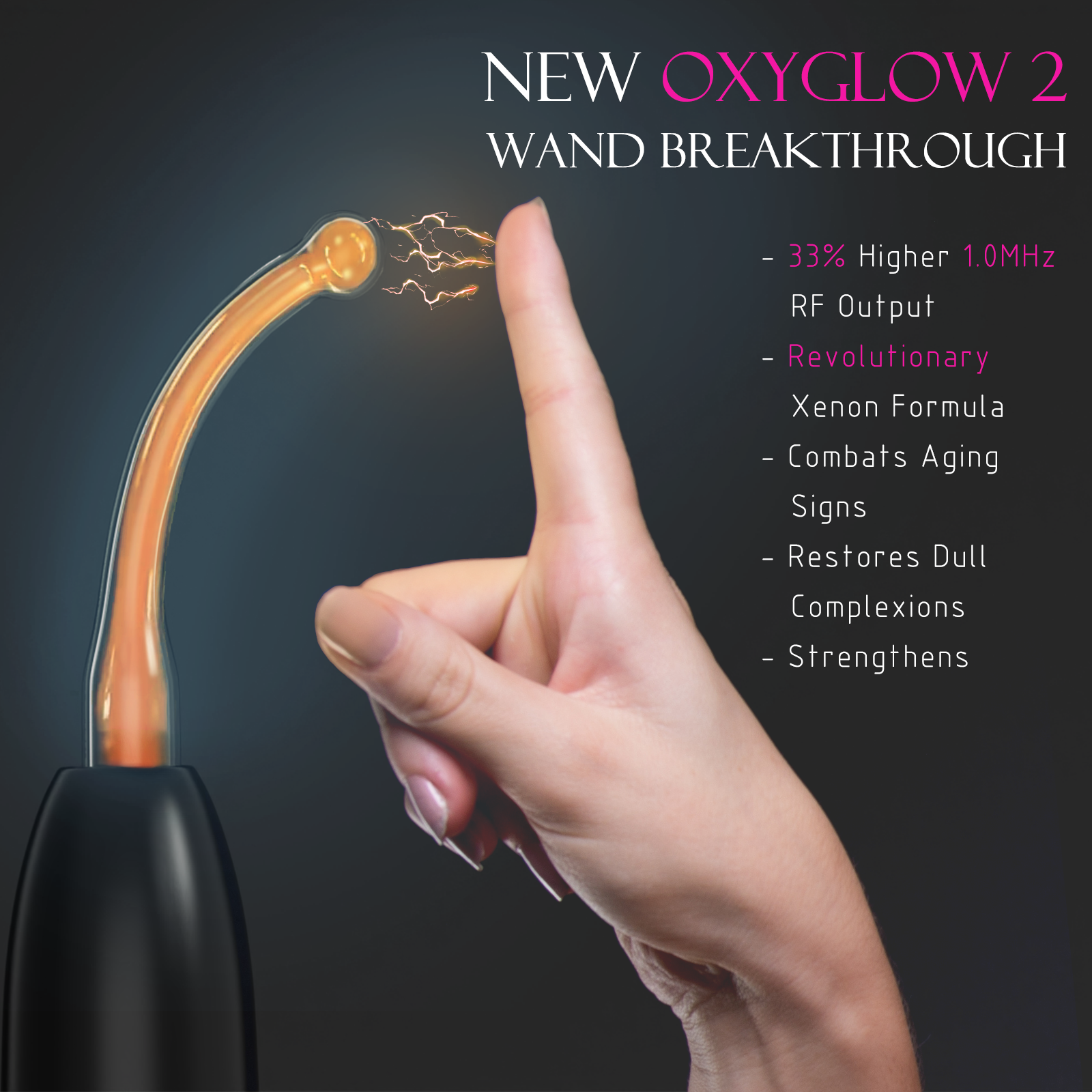In the quest for youthful, radiant skin, the delicate area around our eyes often demands special attention. With a plethora of eye care products available, two contenders frequently stand out: eye patches and eye creams. But which one should you choose for your skincare routine? This comprehensive guide will help you navigate the world of eye care, comparing the benefits and drawbacks of eye patches and eye creams to help you make an informed decision tailored to your unique needs.
Eye Patches: A Targeted Approach
What are Eye Patches?
Eye patches are single-use, typically crescent-shaped masks designed to fit snugly under the eyes. They come in various materials, with hydrogel and collagen patches being the most popular. These patches are infused with concentrated active ingredients that target specific eye area concerns.
Common types of eye patches include:
- Hydrogel patches: Made from a water-based gel, these patches are excellent for hydration and cooling.
- Collagen patches: Infused with collagen, these patches aim to improve skin elasticity and reduce fine lines.
- Gold-infused patches: Often containing 24k gold, these luxurious patches claim to have anti-inflammatory and brightening properties.
Benefits of Eye Patches
Eye patches offer several advantages that make them a popular choice for many skincare enthusiasts:
-
Targeted application: The patch design ensures that active ingredients are delivered directly to the under-eye area, maximizing their effectiveness.
-
Concentrated ingredients: Eye patches typically contain a higher concentration of active ingredients compared to eye creams, potentially delivering more noticeable results.
-
Immediate effects: Many users report instant improvements in hydration, puffiness, and the appearance of fine lines after using eye patches.
-
Cooling sensation: The gel-like texture of many eye patches provides a soothing, cooling effect that can help reduce puffiness and fatigue.
-
Perfect for special occasions: Eye patches can provide a quick refresh before important events or photos.
A recent survey by a leading beauty retailer found that 72% of eye patch users reported visible improvements in their under-eye area after just one use.
Limitations of Eye Patches
While eye patches offer many benefits, they also have some limitations to consider:
-
Temporary results: The effects of eye patches are often short-lived, typically lasting 24-48 hours after application.
-
Not a comprehensive solution: Eye patches may not address all eye area concerns, particularly those related to long-term aging or skin health.
-
Potential for irritation: Some users may experience sensitivity or irritation, especially if the patches contain fragrances or other potential allergens.
-
Cost: Regular use of high-quality eye patches can be more expensive compared to daily use of eye creams.
Eye Creams: A Daily Essential
What are Eye Creams?
Eye creams are specially formulated moisturizers designed for the delicate skin around the eyes. They typically have a lighter texture than regular face creams and are formulated to address specific eye area concerns such as fine lines, dark circles, and puffiness.
Benefits of Eye Creams
Eye creams offer several advantages that make them a staple in many skincare routines:
-
Long-term benefits: Regular use of eye creams can lead to cumulative improvements in skin texture, hydration, and the appearance of fine lines.
-
Versatility: Eye creams can address multiple concerns simultaneously, such as hydration, anti-aging, and brightening.
-
Customization: With a wide variety of formulations available, it’s easier to find an eye cream that suits your specific skin type and concerns.
-
Ease of use: Eye creams can be easily incorporated into daily skincare routines, both morning and night.
-
Makeup-friendly: Many eye creams are formulated to work well under makeup, providing a smooth base for concealer application.
Limitations of Eye Creams
While eye creams are a popular choice, they do have some limitations:
-
Gradual results: It may take several weeks or months of consistent use to see noticeable improvements.
-
Less intensive treatment: Eye creams generally contain lower concentrations of active ingredients compared to eye patches, which may result in less dramatic immediate effects.
-
Potential for milia: Some richer eye creams may contribute to the formation of small, white bumps called milia in some individuals.
-
Risk of migration: If applied too close to the lash line, eye creams can potentially migrate into the eyes, causing irritation.
Eye Patches vs. Eye Cream: Which is Right for You?
Choosing between eye patches and eye creams depends on various factors, including your specific concerns, skin type, and lifestyle.
Consider Your Concerns
- For immediate hydration and de-puffing: Eye patches may be more effective.
- For long-term anti-aging benefits: Eye creams are typically the better choice.
- For dark circles: Both can be effective, but eye patches may offer more immediate brightening.
Consider Your Skin Type
- Dry skin: Both eye patches and rich eye creams can provide intense hydration.
- Oily skin: Lightweight, gel-based eye creams or oil-free eye patches may be preferable.
- Sensitive skin: Look for fragrance-free options in both categories, and patch test before use.
Consider Your Lifestyle
- Busy schedule: Eye creams are easier to incorporate into daily routines.
- Frequent traveler: Eye patches can be great for in-flight hydration or quick refreshes.
- Special event prep: Eye patches can provide a quick boost before important occasions.
Combining Eye Patches and Eye Creams
For those seeking a comprehensive eye care routine, combining eye patches and eye creams can offer the best of both worlds.
The Benefits of a Multi-Layered Approach
Using both products allows you to enjoy the immediate effects of eye patches while maintaining long-term benefits from daily eye cream application. This approach can be particularly effective for addressing multiple concerns simultaneously.
Tips for Combining Products
- Use eye patches 1-3 times per week as an intensive treatment.
- Apply your regular eye cream daily, both morning and night.
- On days when you use eye patches, apply them before your eye cream for maximum benefits.
Frequently Asked Questions (FAQ)
Q: Can I use eye patches and eye cream on the same day?
A: Yes, you can use both products on the same day. Apply eye patches first, followed by your eye cream.
Q: How often should I use eye patches?
A: This depends on your skin’s needs and the product instructions. Generally, 1-3 times per week is sufficient for most users.
Q: What are the best eye creams for sensitive skin?
A: Look for fragrance-free, hypoallergenic formulations with soothing ingredients like aloe vera or chamomile.
Q: Are eye patches a replacement for eye cream?
A: While eye patches can provide intensive treatment, they are not a replacement for the daily care provided by eye creams. For optimal results, consider using both as part of your skincare routine.
Conclusion
Both eye patches and eye creams have their place in an effective skincare routine. Eye patches offer targeted, intensive treatment with immediate results, making them perfect for occasional use or special events. Eye creams, on the other hand, provide consistent, long-term care that addresses multiple concerns over time.
The best choice for you depends on your individual skin concerns, type, and lifestyle. For many, a combination of both products can offer a comprehensive approach to eye care, addressing both immediate and long-term needs.
Remember, the delicate skin around your eyes deserves special attention. Whether you choose eye patches, eye creams, or a combination of both, consistency is key to achieving and maintaining healthy, youthful-looking eyes. As always, if you have specific concerns or persistent issues, consult with a dermatologist for personalized advice.
By understanding the unique benefits and limitations of eye patches and eye creams, you can make an informed decision and create an eye care routine that helps you put your best face forward.









